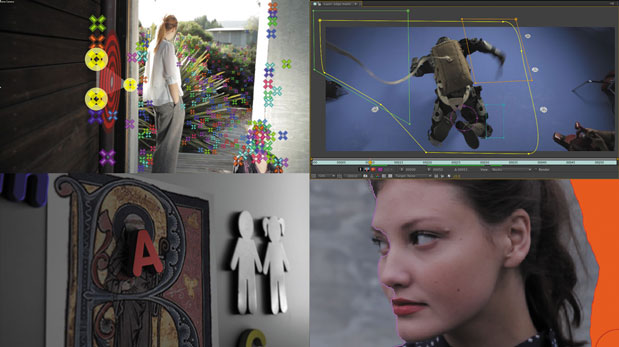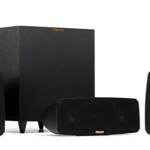Introduction
According to Handy, VFX allows creators to visually express their creativity and tell appealing stories. Most people believe visual effect or VFX is an integration of live-action with computer generated-imagery (CGI) to create realistic effects. However, VFX is much more than virtual cinematography, digital compositing, stop motion animation, or chroma key. With the latest breakthroughs in technology, creators can now do much more.
The Techniques
Here are some of the la
test techniques in VFX:
1. Real-time rendering – Traditionally, VFX has always been a part of the post-production phase. However, with the advancements in computer processing power, it is now possible to apply VFX while shooting and render frames in real-time. This is possible because it is fairly straightforward to send the video feed to VFX servers where the effects are applied based on a template and then the finished frames are sent back to the monitors.
It not only saves time but removes the hassle and confusion associated with using prop or imagination during the post-production phase. It is even possible to explore a scene in different angles and lighting, etc.
2. Game engines – Aside from animation movies, video games utilize VFX to the greatest extent. Thus, it is only natural to use VFX for the development of game engines and photo-realistic game animations. Game engines replace traditional VFX software used for rendering and provide support for real-time rendering, greater detail, speeds up the development by a considerable margin. Unity and Unreal 4 are two of the most popular game engines in use today.
3. Cloud rendering – Nowadays, cloud technology is not only used to store or share files but also for running entire systems. In fact, many VFX studios use the processing power of remote cloud servers to apply effects and handle the bulk of heavy-duty graphical rendering to save time, space, and money.
Cloud rendering also makes it possible to work from any location and provide better connectivity, constant technology updates, and security. They can also be used as a Software-as-a-Service (SaaS) model by bundling relevant software packages.
4. Machine learning and artificial intelligence – Artificial intelligence and machine learning has revolutionized many fields including VFX. Sophisticated AI algorithms can be used to de-noise images, cut processor usage, help render frames faster, and even track actors without bodysuit artifacts such as balls.
In the future, improvements in both fields would make it possible to apply effects or work with an efficiency that is unimaginable today.
5. Advanced motion tracking and compositing – Modern VFX tools can precisely track movements of the subjects in live-action shots to add animation. This is important because the subjects must be in-sync with the CGI and should also pay attention to relative speed, position, orientation, timing, etc. while merging visual effects from multiple sources. This is only possible due to powerful machines that can render frames in real-time or the usage of cloud-servers.
Conclusion
Handy believes that a good VFX artist should be creative and imaginative instead of relying solely on software or powerful hardware to produce effects. With enough experience, it is possible to create a portfolio of projects featuring stunning VFX.













